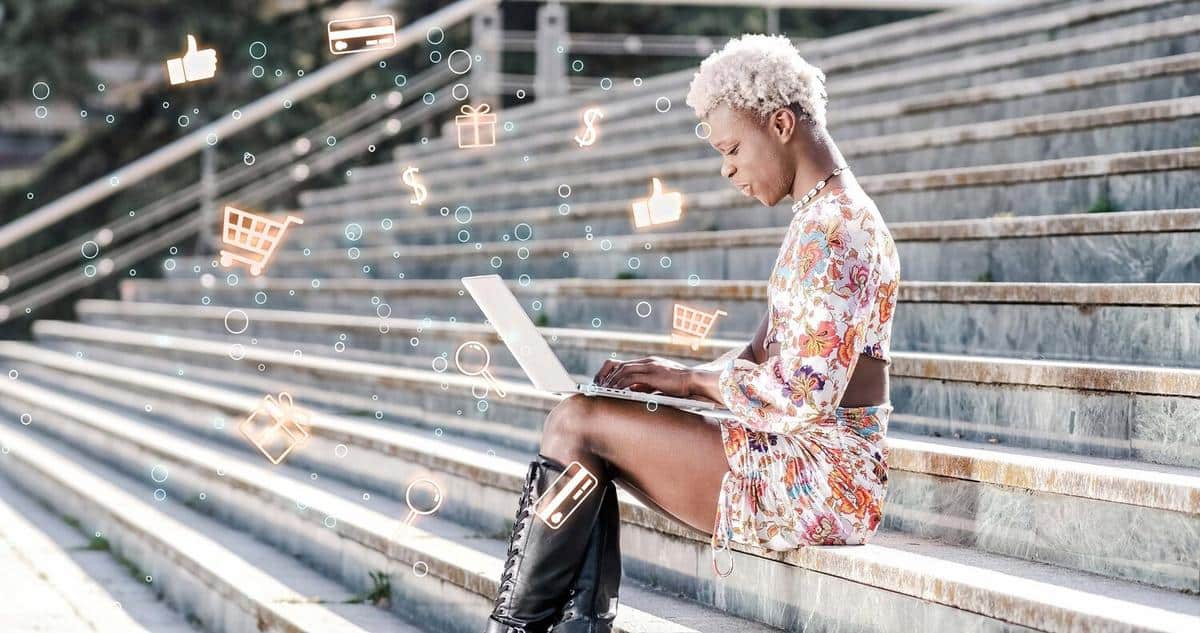
Impacts of Technology on Trend Forecasting in Fashion
The fashion industry, known for its creativity and dynamism, is experiencing a significant transformation as technology reshapes trend forecasting. This evolution is not just about digitizing processes but also about enhancing accuracy and speed in predicting the next big fashion trends.
The Evolution of Trend Forecasting in Fashion
Traditionally, trend forecasting in fashion relied heavily on intuition, experience, and seasonal runway shows. However, the integration of technology has brought a scientific approach to this art. According to a report by Business of Fashion, the use of data analytics in fashion trend forecasting has increased by 60% over the last five years. This shift allows brands to make data-driven decisions, reducing risks and enhancing consumer satisfaction.
Expert Insights on Technology and Fashion
Fashion technology expert, Dr. Lisa Lang, emphasizes the role of AI in trend forecasting: “Artificial intelligence offers unprecedented insights by analyzing vast amounts of data from social media, sales figures, and even weather patterns to predict consumer behavior.” This perspective highlights technology’s ability to process complex datasets quickly, providing a competitive edge to brands.
Statistics and Research Findings
Research conducted by McKinsey & Company indicates that brands incorporating AI in their forecasting processes have seen a 20% increase in efficiency. This efficiency translates into higher profitability and more sustainable practices, as brands can minimize waste by producing what consumers actually want.
Real-World Examples
An example of successful tech integration is the digital fashion brand Threads & Co. By utilizing AI-driven analytics, they accurately forecasted a rise in demand for sustainable materials, allowing them to capture a significant market share in eco-friendly fashion.
Actionable Tips for Embracing Tech in Fashion Forecasting
- Leverage AI tools to analyze social media trends and consumer sentiment.
- Utilize cloud computing for real-time data access and collaboration.
- Invest in training for your team to understand and interpret data analytics effectively.
Consider partnering with tech startups specializing in fashion analytics to gain cutting-edge insights and stay ahead of trends.
Comparison of Traditional vs. Tech-Driven Forecasting
| Aspect | Traditional Forecasting | Tech-Driven Forecasting |
|---|---|---|
| Speed | Slow and manual | Fast and automated |
| Accuracy | Subjective | Data-driven |
| Data Sources | Limited | Extensive |
| Cost | Higher | Variable |
| Flexibility | Rigid | Dynamic |
| Scalability | Low | High |
| Risk Management | Reactive | Proactive |
| Consumer Insights | General | Specific |
FAQ
How does AI improve trend forecasting?
AI improves trend forecasting by analyzing large datasets to identify patterns and predict future trends more accurately and quickly than traditional methods.
Is investing in technology for trend forecasting expensive?
While initial investments might be significant, technology can lead to cost savings in the long run by improving accuracy and reducing waste.
Can small fashion brands benefit from tech-driven forecasting?
Yes, small brands can leverage scalable tech solutions tailored to their specific needs, helping them compete effectively with larger brands.
Conclusion
Technology’s impact on trend forecasting in fashion is undeniable, offering enhanced accuracy, reduced costs, and improved consumer satisfaction. As the industry continues to evolve, embracing these technological advancements will be crucial for brands aiming to stay relevant and competitive. By integrating AI and data analytics, fashion brands can not only predict trends but also shape them, leading the industry into a future where creativity and technology are seamlessly intertwined.